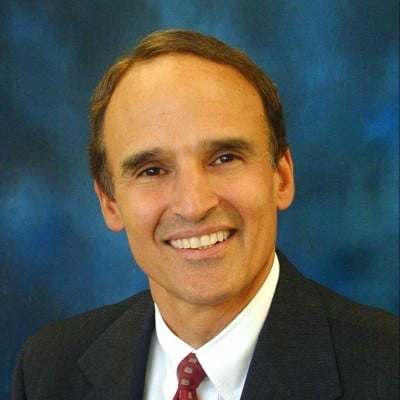Patients often face long waits for emergency care, so the Permanente Medical Group set out to improve patient flow in Kaiser Permanente emergency rooms by deploying staff members more efficiently at high-volume times.

ERs are the busiest on nights and weekends—the least desirable shifts for clinicians—so KP took steps to adjust what its ER nurses were doing and added nontraditional ER doctors to these shifts to avoid delays, wrote Robert Pearl, M.D., a clinical professor of plastic surgery at Stanford School of Medicine and former CEO of the Permanente Medical Group, in a column for Forbes.
The triage process is often redundant and results in nurses asking many of the same questions that patients will answer a second time for admitting physicians. KP made doctors the first point of contact in the ER to move nurses more directly into patient care, especially during high-volume, low-staff times of day, which got more clinicians involved in treating patients.
KP emergency rooms also brought nonemergency clinicians to the ER during high-volume times, Pearl wrote. The organization paired board-certified ED doctors with other physicians, such as pediatricians or family medicine practitioners, who would also be able to treat patients with minor illnesses or injuries.
"By staffing appropriately for the acuity of patient problems, doctors can treat and discharge those with less-emergent issues faster," Pearl wrote.
RELATED: Robert Pearl—3 ways to improve hospitalist care
Other hospitals have looked at re-engineering the triage process to make emergency care more efficient, as patients with nonemergent conditions often face long waits in the ER. A pilot program at a Chicago hospital streamlined the process so that the sickest patients were treated more quickly, reducing wait times by two hours.
The pilot set a goal of patient admission within one hour of arrival in the ER. In addition to cutting down wait times, the updated triage pilot improved communication between clinical teams and fostered more collaboration on care.
Baptist Health South Florida adopted a "tele-triage" program to reduce overcrowding and treat patients with non-life-threatening conditions more quickly. Patients meet remote physicians in a video conference, significantly boosting the hospital's ER capacity.
Parkland Memorial Hospital took a different route to improve ER efficiency: a partnership with Toyota. The car manufacturer identified a number of inefficiencies in how the Dallas-based hospital operated its ER, including an inconsistent discharge protocol for nurses, that Parkland has adjusted.